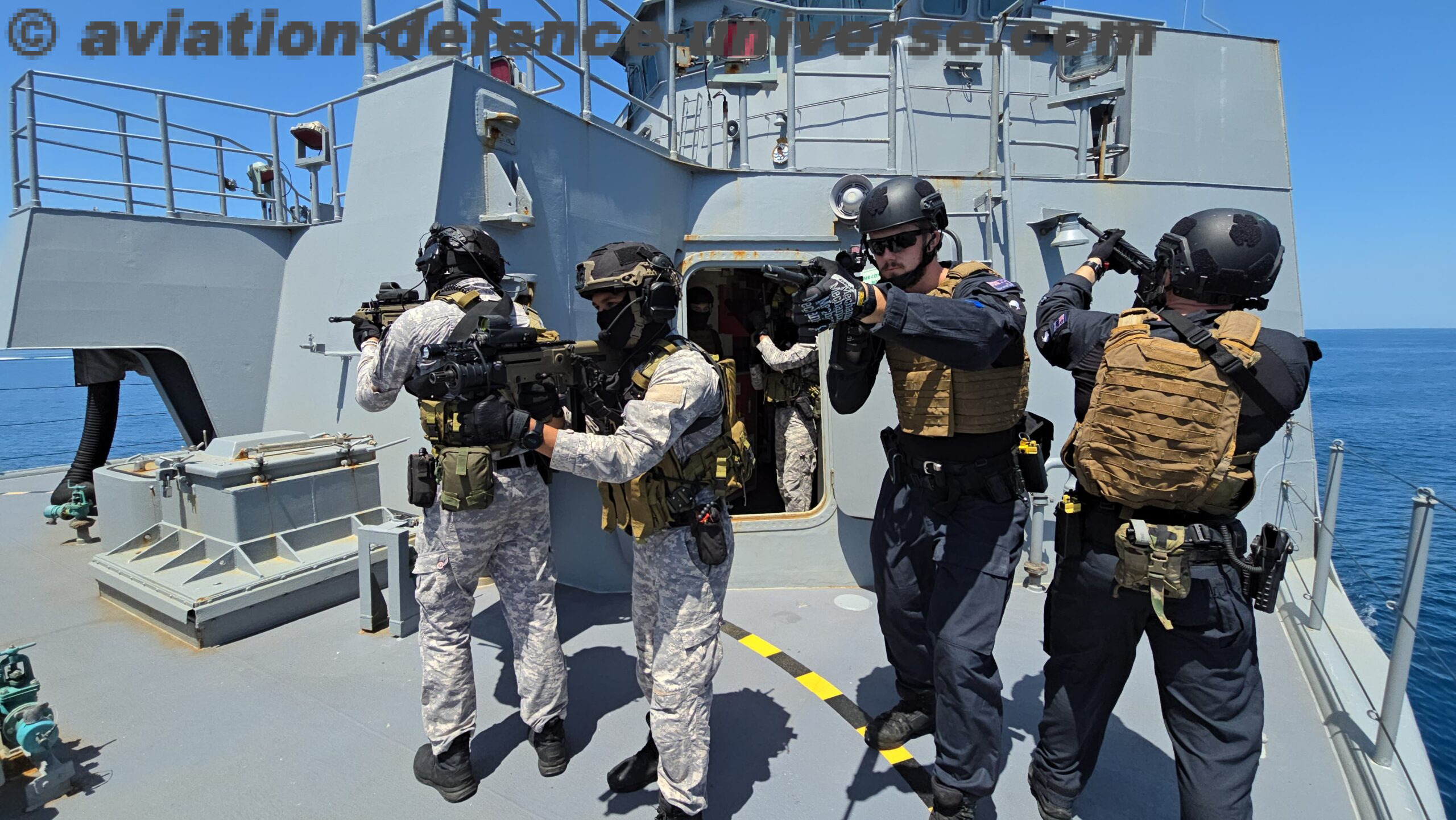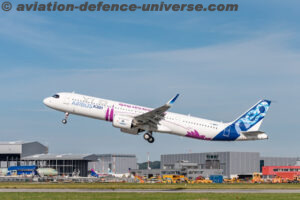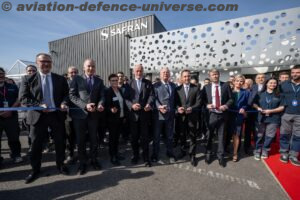East Hartford. Connecticut. 29 November 2022 . Pratt & Whitney joins Korean Air in announcing the delivery of the airline’s first Airbus A321neo aircraft, which will deploy starting in December. The plane is the first of up to 50 A321neo aircraft for which the airline selected GTF engines in 2020. In 2021, Korean Air joined the Pratt & Whitney GTF MRO network, providing disassembly, assembly and test capabilities for GTF engines for the A320neo family.
“We are delighted to receive our first A321neo, which will be a great asset to our fleet, network and passengers,” said Soo Keun Lee, executive vice president and chief safety & operation officer of Korean Air. “This fuel-efficient, next-generation A321neo will bring our customers’ experience to a new level.”
Korean Air and Pratt & Whitney began their relationship more than 60 years ago, flying Boeing 707 aircraft powered by JT3D engines. Pratt & Whitney powers more than 70 aircraft with the airline, including GTF-powered Airbus A220 aircraft, as well as Airbus A330, Boeing 747 and 777 aircraft. Korean Air also operates a fleet of 10 Airbus A380 aircraft powered by the Engine Alliance GP7200 engine, a joint venture between Pratt & Whitney and General Electric.
“Korean Air becomes the fifth airline to operate two different fleets of GTF-powered aircraft,” said Rick Deurloo, president of Commercial Engines at Pratt & Whitney. “Pratt & Whitney is uniquely positioned to power airlines’ needs across the latest single-aisle fleets, with GTF engines powering aircraft that carry 96 to 244 passengers and fly up to 4,700 nautical miles.”
The Pratt & Whitney GTF engine is the only geared propulsion system delivering industry-leading sustainability benefits and dependable, world-class operating costs. It offers the greatest fuel efficiency and lowest greenhouse gas emissions for the Airbus A320neo family. GTF-powered aircraft reduce fuel consumption and CO2 emissions by 16% to 20%, NOx emissions by 50% and noise footprint by 75%.* Certified for operation on 50% sustainable aviation fuel (SAF) and successfully tested on 100% SAF, the engines are capable of even lower carbon emissions, which will help the industry meet its target of net zero emissions by 2050. The engine’s revolutionary geared fan architecture is the foundation for more sustainable aviation technologies in the decades ahead, with advancements like the Pratt & Whitney GTF Advantage™ engine and beyond. Learn more at pwgtf.com.
*Reductions vs. prior-generation aircraft, based on 75 dB noise contour and ICAO CAEP/6 emissions regulations.




























































































































